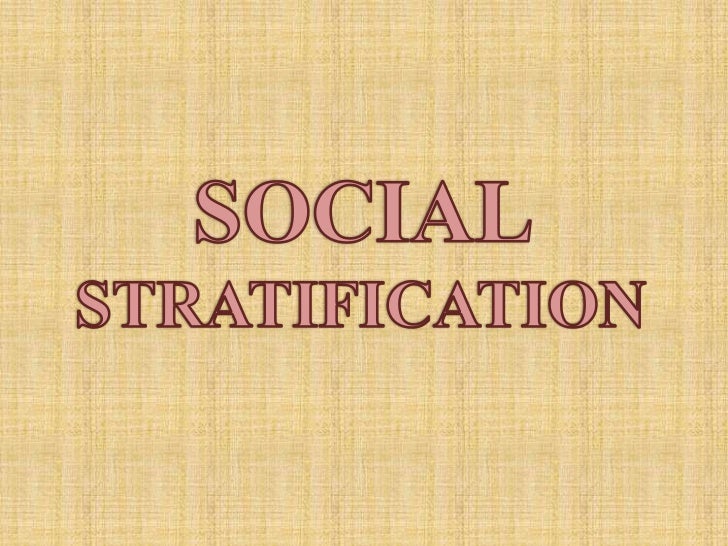


Students from low-income areas are less likely to seek higher education opportunities and secure well-paying jobs in the future, whereas students from affluent areas are more likely to attend college and establish successful careers. All of these factors combined play a monumental role in the trajectory of each student’s life path, as there is a strong correlation between educational attainment level and potential earning income. The educational experiences of students from districts filled with homes and buildings of lower property values are adversely affected, as “schools serving large numbers” of children from poor families “typically lack the resources and expertise to respond to their academic and social needs.” Contrastingly, schools in affluent areas have the adequate facilities, extra-curricular courses, and enrichment tools to set their students up for success. Ī school-funding system that relies so heavily on local property taxes is clearly tied to the stratification dynamic: property values vary from neighborhood to neighborhood, district to district, so of course, a variance in school funding amongst districts dramatically grows the achievement gap between the nation’s wealthiest and poorest students. Property values in affluent areas are significantly higher than property values in low-income neighborhoods, meaning that communities with less revenue from property taxes will have less funding per pupil than communities with higher property tax revenue. All public schools rely heavily on the property taxes of homes or buildings in the surrounding area for funding. An example of this type of policy involves the government allocation of public school funding. One particular reason we examined was the impact of government policies that subtly inhibit certain groups from improving their socioeconomic status, and subsequently their social rank. In this particular class, we explored the various reasons as to why some groups are significantly more likely to succeed than others. Social stratification refers to a society’s categorization of its people into rankings of socioeconomic tiers based on factors like wealth, income, race, education, and power. One of the first courses I was enrolled in as a freshman at UC Berkeley introduced me to the concept of social stratification.


 0 kommentar(er)
0 kommentar(er)
